Broughton, The Ford, The Hollow c.1960
Photo ref:
B897304


Add to Album
You must be signed in to save to an album
Sign inShare This Photo
Buy a Print
This image may be available to buy Please send us an enquiryPlease send us an enquiry if you are interested in buying this image Send us an enquiry

This image is a Reference Print: it has not been shown on our website before as it has not been optimised and therefore may not meet the quality standards we require for use in our normal product range. However, we understand that this image could be potentially important for genealogical, local history or architectural research and so we are showing it on the website for on-line research only. The photo may be available to buy, but needs to be checked and optimised before you can place an order.
Why are these different? All 300,000 photographs in The Frith Collection have been scanned, but as the photos were taken over a 110 year period on a wide range of glass & film negatives, using different photographic processes, every image has to be checked and optimised, before we make a print for a customer.
More informationA Selection of Memories from Broughton
For many years now, we've been inviting visitors to our website to add their own memories to share their experiences of life as it was, prompted by the photographs in our archive. Here are some from Broughton
Sparked a Memory for you?
If this has sparked a memory, why not share it here?

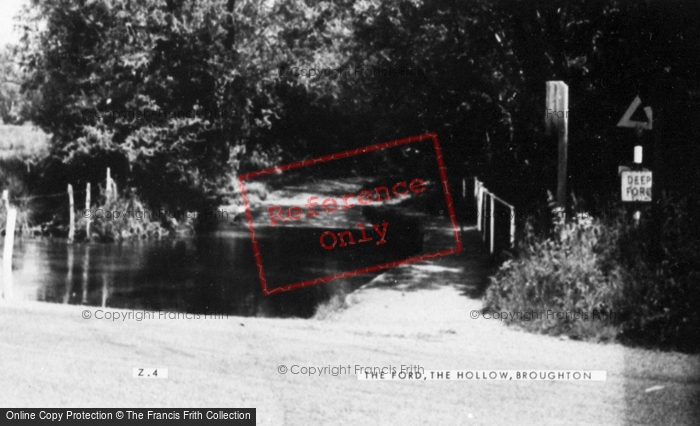

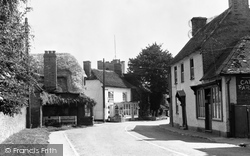
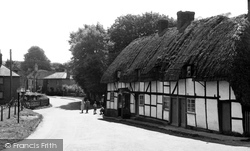
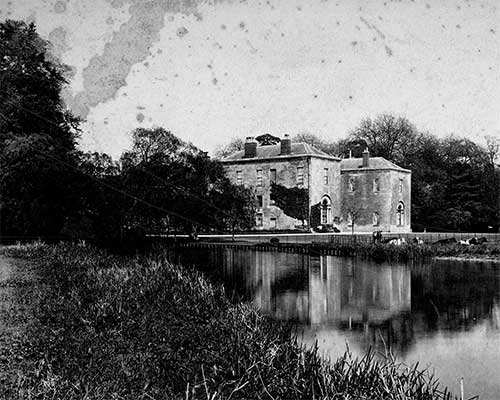 Before
Before
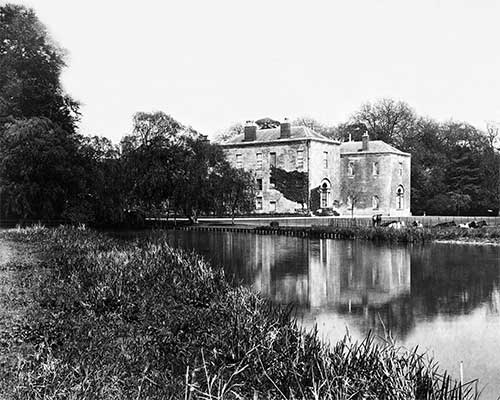 After
After